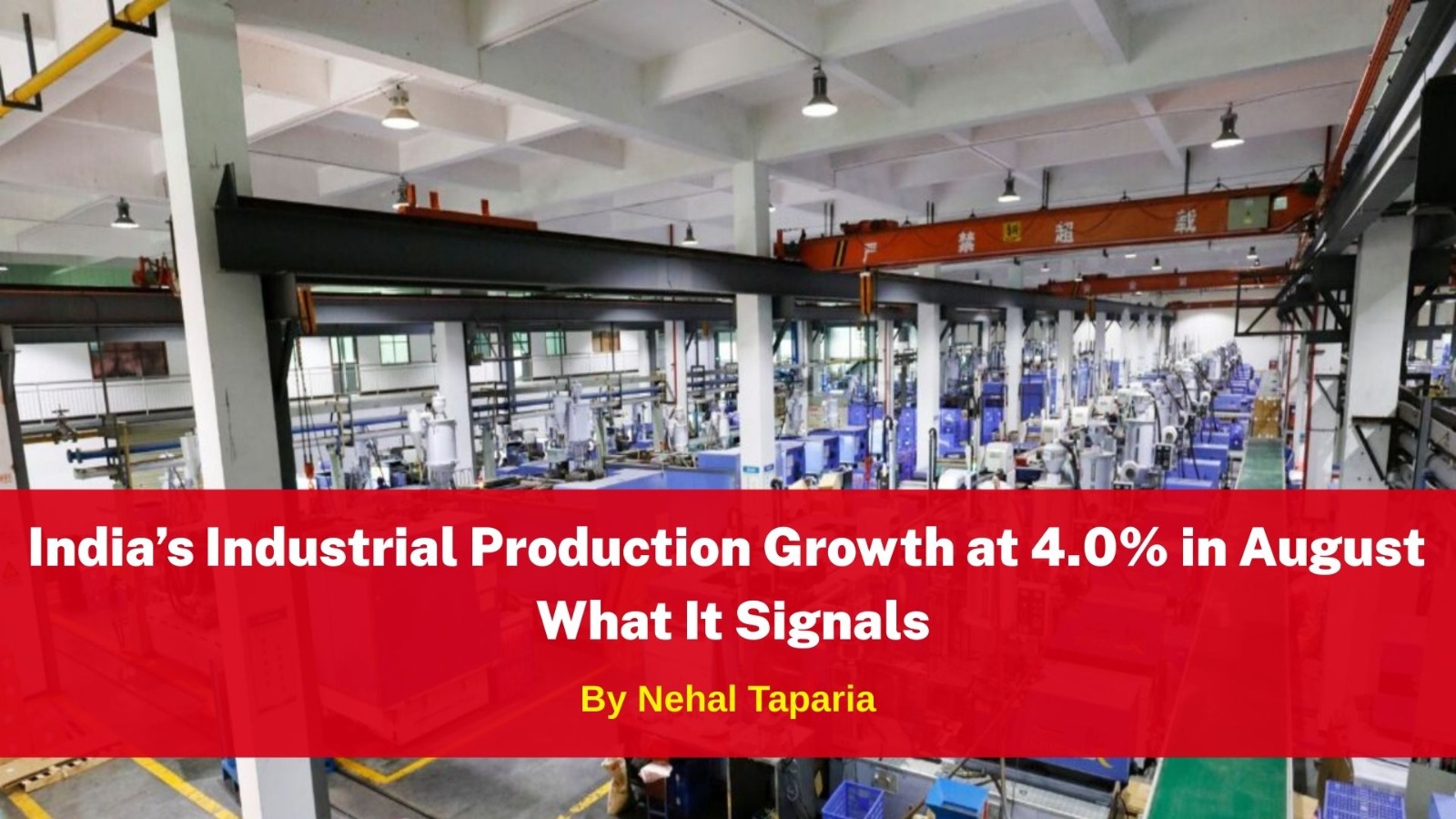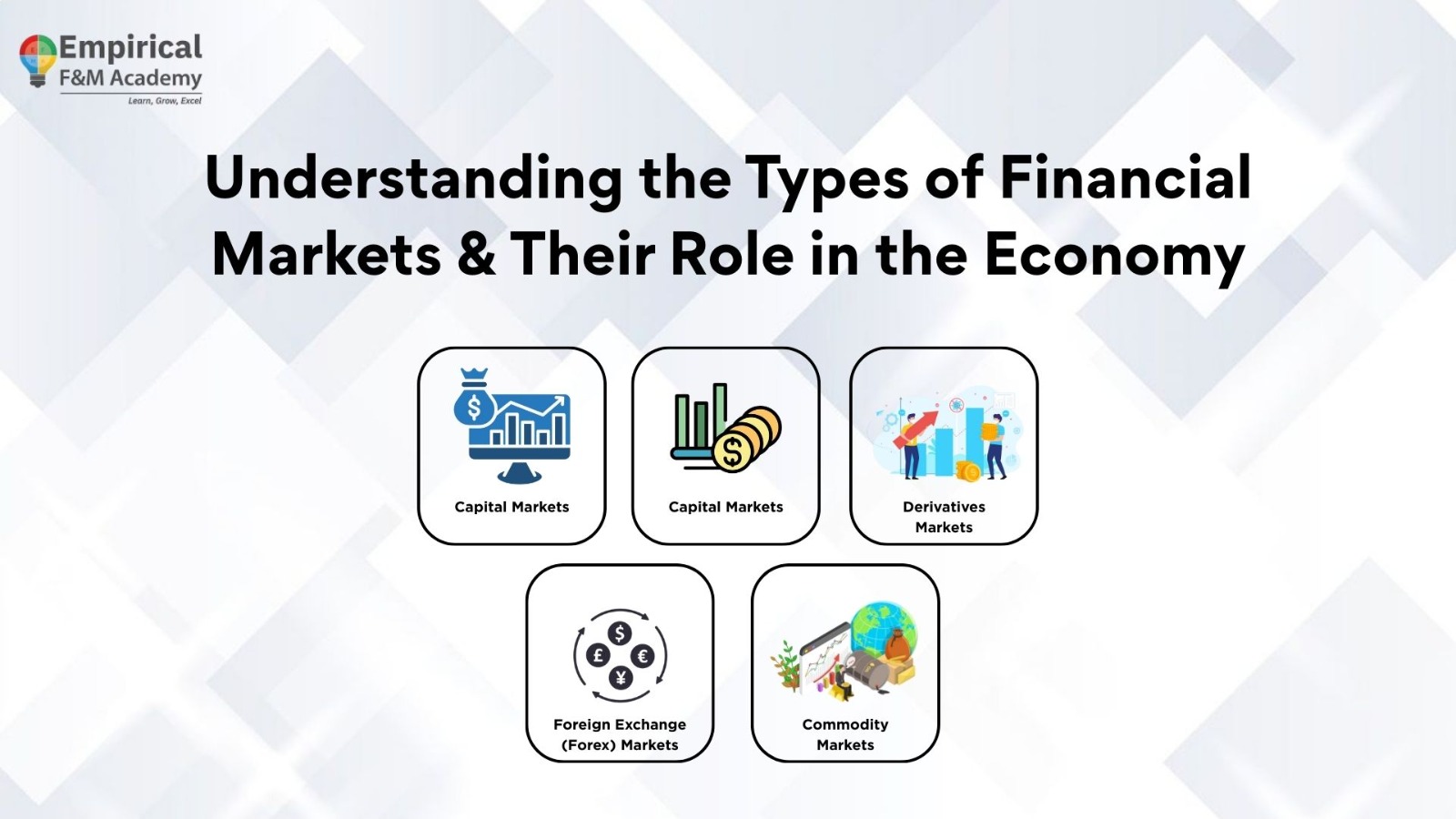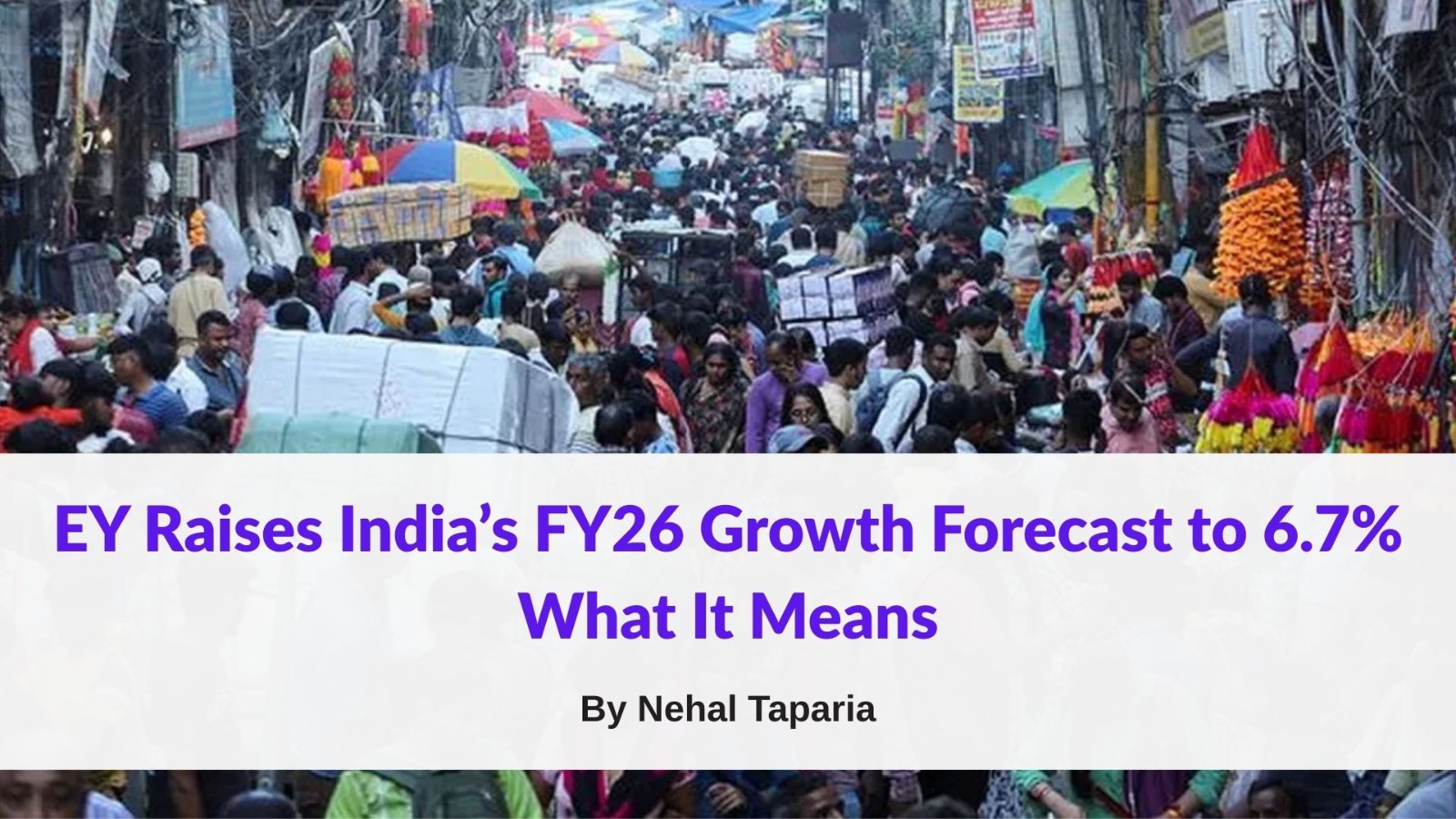India’s Industrial Production Growth at 4.0% in August — What It Signals

India’s Industrial Production Growth at 4.0% in August — What It Signals
What the Data Says
- According to the National Statistical Office (NSO), India’s industrial output (IIP) rose 4.0% year-on-year in August 2025.
- This follows a revised 4.3% growth in July.
- Among sub-sectors:
- Mining saw strong rebound (~6.0% growth) after a contraction in July.
- Manufacturing grew ~3.8%, though this was lower compared to July’s revised numbers.
- Electricity generation also improved, ~4.1% growth.
- On the contrary, non-durable consumer goods declined, while capital goods and durable goods saw mixed results.
- Mining saw strong rebound (~6.0% growth) after a contraction in July.
Overall, industrial activity is showing resilience, though the growth is not uniformly strong across all segments.
What This Means for the Indian Economy & Markets
Positive Signals
- Validation of Recovery
The 4.0% growth suggests that industry is recovering from previous soft patches. It supports the narrative that economic revival is spreading beyond just services into the real economy.
- Boost to Investor Sentiment
Strong industrial numbers often reassure markets that GDP growth won’t slip drastically. This may attract fresh inflows into equity and debt markets.
- Support for Capital Goods & Infrastructure
As industrial activity picks up, demand for machinery, construction equipment, and industrial inputs can rise — benefiting capital goods, heavy engineering, and related sectors.
- Policy Leeway for the RBI / Govt
With industrial growth holding up, policymakers may feel more confident in providing stimulus or accommodative policies without worrying about a sharp slowdown.
Risks / Caution Areas
- The manufacturing growth (3.8%) is not as robust as one might hope, especially given manufacturing’s heavy weight in India’s industrial mix.
- Some segments like non-durables are under pressure, and that signals uneven demand.
- Global headwinds (trade tensions, raw material price fluctuations, currency volatility) remain significant risk factors.
- Growth is still modest compared to historical peaks — sustaining momentum will be key.
Sector-wise Impacts & Market Outlook
|
Sector |
Likely Impact |
|
Capital Goods / Machinery / Heavy Engineering |
Likely to benefit most as industrial expansion drives demand for equipment and machinery. |
|
Metals & Mining |
Good outlook, since mining rebounded strongly. This supports commodity producers and raw material sectors. |
|
Power & Utilities |
Electricity growth helps utilities, power generation, and related infrastructure firms. |
|
Consumer Durables / Appliances / Auto |
Mixed — durable goods saw some growth, but non-durables lagged. Premium / discretionary items may benefit. |
|
Industrial Inputs / Chemicals / Cement |
Will likely see uptick in demand, especially if further industrial expansion continues. |
|
Financials / NBFCs |
Better industrial activity supports credit demand, corporate loans, and business investment — positive for lenders. |
|
Equities & Bond Markets |
Equity sentiment could be bolstered. Bond yields may stay under pressure if inflation worries or higher demand for funds emerge. |
By Nehal Taparia
This content is for educational and knowledge purposes only and should not be considered as investment or trading advice. Please consult a certified financial advisor before making any investment or trading decisions.
Our Recent FAQS
Frequently Asked Question &
Answers Here
Q1. What exactly is the Index of Industrial Production (IIP)?
The IIP is a measure of the volume of production in key industrial sectors (manufacturing, electricity, mining). It’s compiled monthly by the NSO and is a short-term indicator of industrial activity.
Q2. Why is 4.0% growth significant? Is that good or mediocre?
Q3. Why did manufacturing grow only ~3.8%, lower than in July?
Q4. Can these numbers influence RBI’s policy decisions?
Q5. Should investors act on this data?
Copyright © By Empirical F&M Academy. Design & Developed by Techno Duniya

.jpeg)
.jpeg)
.jpeg)

.jpeg)




